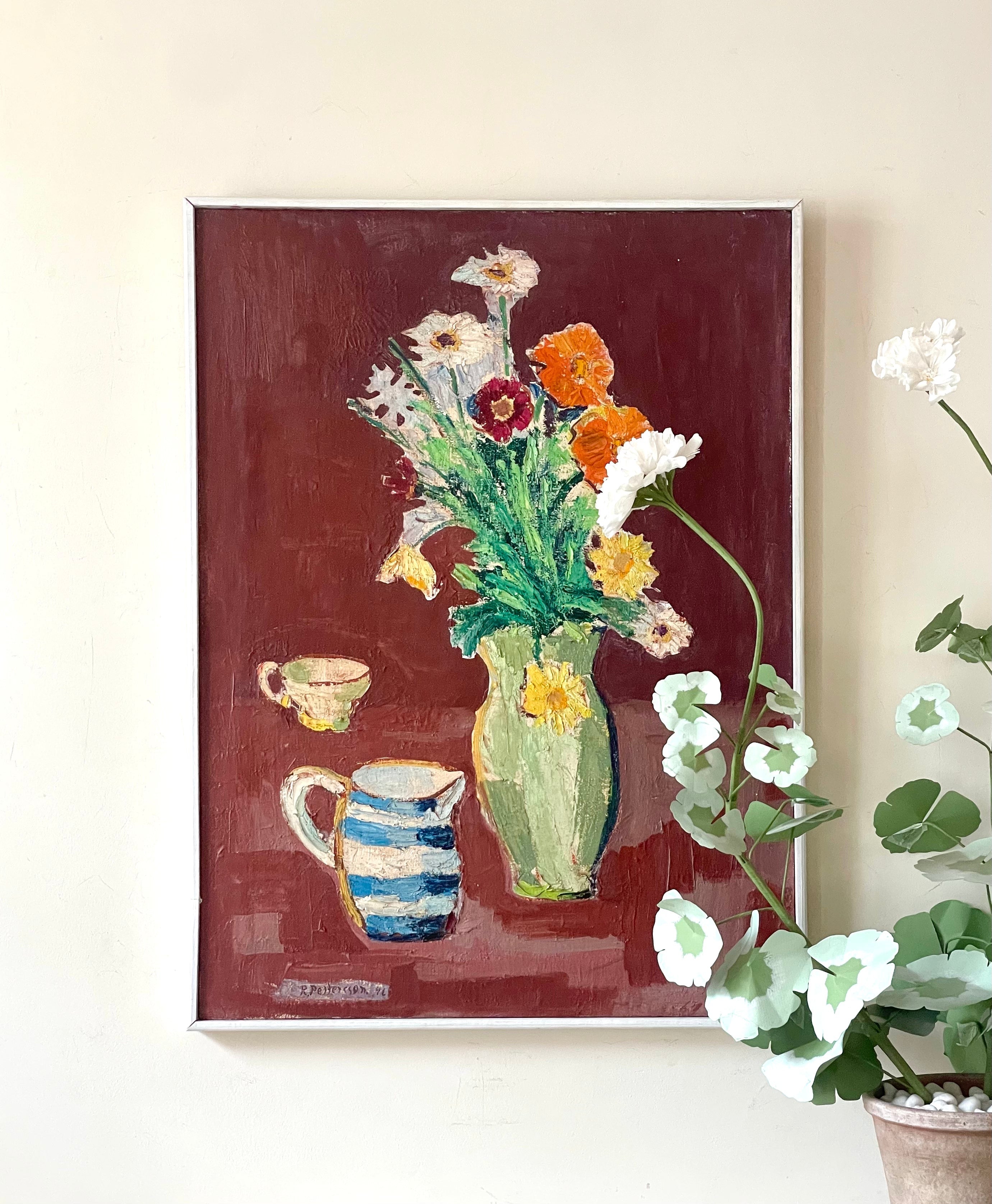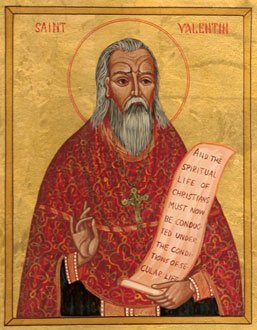Nudes in Art
The nude has been a prominent subject in art for millennia, from the marble sculptures of Ancient Greece to Lucian Freud's provocative and dynamic portraits. For centuries the nude has been used as a starting point for artists' practice, with artists attending life drawing classes to refine their drawing techniques. With the different size, colour, and proportions different bodies provide, the nude has been a simple yet dynamic source of inspiration.
Decorative vintage nude portraits are wonderfully decorative and affordable artworks for the home, looking equally at home in a bedroom, bathroom or even as part of a gallery wall. With their obvious connections to eroticism and sexuality, nudes can also be a non-objectified symbol of beauty, fertility, and a recognition of the fascinating and ever-changing vessel through which we live our lives.
If you are considering buying a nude sketch or painting this will help you! It's a quick review of the nude in art throughout history and remember Collins and Green Art always has a good selection of affordable and decorative nude sketches and paintings.
Ancient Fertility Sculptures

'Venus of Willendorf', c.25,000 BC, Natural History Museum, Vienna
One of the most famous discoveries of the 20th century, the Venus of Willendorf, was discovered in Austria in 1908 and is believed to be around 30,000-25,000 years old. This small, very rare example of palaeolithic sculpture has been seen an embodiment of fertility, portrayed in its feminine, fleshy body and large breasts, attributes seen throughout history as desirable for childbearing. This is a fascinating example of the female body's changing role in society, and the different beauty standards that have been evolving in cycles for thousands of years
The Nude as a Symbol of Heroism

The Discobolus of Myron, 460–450 BC, Palazzo Massimo alle Terme, Rome
Highlighting the technical skill and ability of their athletes, this sculpture is an example of the Greeks' use of 'heroic nudity', emphasising the attributes of strength, agility, and success, through the use of the nude. With its intricate carving of the muscles and the positioning of the body, the artist clearly studied the human anatomy in great detail. This statue was famously bought by Adolf Hitler in 1938 as an example of his 'heroic' aims for the Aryan Race - who would have thought that the depiction of nudity would help motivate one of the biggest disasters in human history!
The Nude and Eroticism in the 1800s

'Olympia' by Edouard Manet, 1863-65, Musee D'Orsay, Paris
A shocking painting when first revealed in Paris in 1865, 'Olympia' depicts a reclining nude on an unmade bed and a maid offering flowers from a supposedly previous client. The symbolism of these flowers, as well as the flower in her hair, indicates her occupation as a prostitute, a startling revelation at the time, and a role which is still frowned upon. This reaction to the painting raises questions of female autonomy and the taboo nature of sexuality in society. Yet, she lies here with great power, looking at the viewer with a stoic expression. Manet does not simply eroticise the figure but also questions the wider audience's relationship with sexuality and the woman's power in this regard.
Henri Matisse and The Nude

Matisse lithograph 'Blue. Nude II', 1952, Museum of Modern Art, New York.
Some of the most famous examples of the nude in the 20th century were produced by Matisse; his depictions of nude figures reclining or dancing have a certain sense of lighthearted playfulness, despite their erotic nature.
His works depict a line drawing of a woman's nude body, outstretched, with single lines marking the curves of her body. The simplicity of this work highlights how recognisable our anatomy is, the beauty it encapsulates, and how fundamental the nude body is to our understanding of the visual- whether taboo or not.
The Nude as Grotesque

Egon Schiele, Seated Female Nude, Elbows Resting on Right Knee, 1914, The Albertina Museum, Vienna
Having seen Schiele's nudes in person, his monumental pieces are a stark contrast to Matisse's and signify a very peculiar and arresting mix of both eroticism and decay, with the dark line marks and emaciated bodies which are so symbolic of his work. The nude for Schiele is a symbol of vulnerability and of human desire being fundamentally 'degenerate' in a sense, a far cry from the ideals of purity strived for in earlier centuries. However, there is a great, backwards beauty in his images, and through the depiction of the nude these elements of human nature are brought to the surface.
The Nude as a Modern Subject
Studio Nude, 1930's, oil on canvas, available at Collins & Green Art. Click the image for more information.
As mentioned earlier, the nude has been a major subject of art for millennia, and is regularly used as a way for artists to experiment with the notions of perspective and lighting. In this vintage painting, the artist is viewing the woman from the seat upwards, with the light source emanating from the top of the canvas. The work is both subtle and sensual, a common effect of artworks such as this from the 20th century onwards. This decorative vintage nude does not evoke the shocking responses of Manet's day, but would add a subtle sense of glamour into the home.
Final Thoughts
'Green Carpet Nude' signed B. Höggström, oil on canvas, available at Collins & Green Art. Click the painting above for more information.
The nude is a fascinating subject steeped in history, reflecting both its timelessness and the changing attitudes and opinions towards nudity throughout time. From the nude signifying fertility and heroism, to degeneration and eroticism, the nude will continue to be a major subject for artists, and our attitudes towards them will also continue to change.
Nude paintings and drawings can be a thoughtful and sensual gift perfect as a Valentine's Day present, yet also a tasteful and timeless artwork for the home.
By Eloise Saggers, Collins & Green Art




